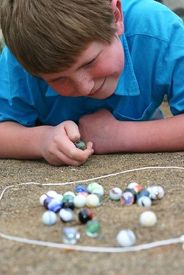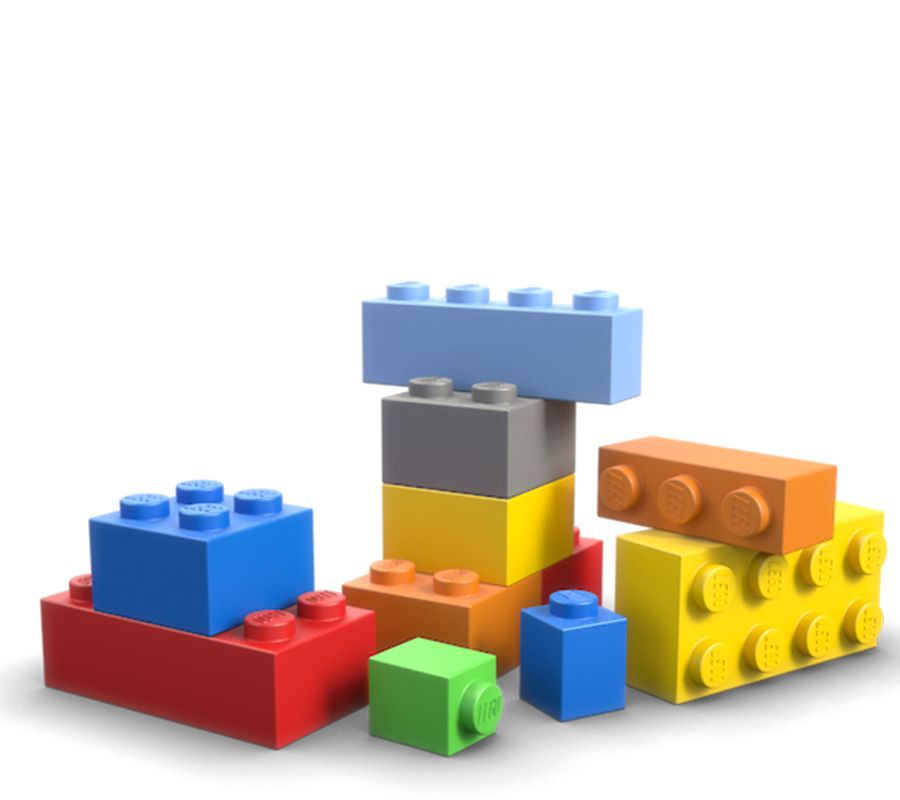Getting little hands ready for writing


Which skills are important for writing?
o Postural control
Being able to keep my body upright in the chair and to sit still
o Vision
To be able to see what I am writing
o Eye muscles
The muscles of my eyes should be able to work together or my writing will blur
o In-hand manipulation skills
To be able to hold and manipulate the pencil in my hand
o Finger and hand strength
My fingers should be strong enough the hold the pencil and not get tired when I write
o Fine eye-hand coordination
To be able write neatly and accurately
o Visio-motor integration
To copy work from the blackboard or textbook

o Dynamic tripod grip
To hold the pencil correctly for optimum manipulation and that my hand won’t get tired when writing
o Bilateral integration
My non-dominant hand should support the paper while I write
o Midline-crossing
To be able to cross the imaginary midline of the body
o Hand dominance
To have one hand that is dominant when performing fine coordination tasks
o Visual perception
The building-blocks for reading, writing and maths: discrimination, memory, sequential memory, foreground-background, form constancy, spatial relations and position in space
o Visual focus
To be able to sit still and focus on a task for 10 minutes
How will I know if my child isn’t ready for formal writing?
o Find it difficult to sit still for less than 10 minutes
o Complains that their hand gets tired when colouring/drawing
o Have an awkward pencil grip
o Rub their eyes when having to focus on table-top work and/or complains or headaches

o Uses their whole hand to manipulate objects instead of just some fingers o Struggles with fine motor tasks e.g. colouring, cutting, threading beads o Hasn’t chosen one hand as dominant
o Still doesn’t know his shapes/colours/body part
o Cannot sit still and focus on a task for 10 minutes o Struggles to copy work
o Has messy/untidy writing/drawing skills
o Cannot yet write his/her name
o Struggles to perform tasks where 2 hands must work in a coordinated way
o Cannot build a 15 piece puzzle yet
o Cannot copy a triangle and diamond
o Cannot cut a 9cm square accurately on the line
o Cannot draw a recognizable person with finer details
Activity ideas to get the hands ready for writing
o Manipulate objects with the thumb and each finger e.g. sort all the blue beads using the thumb and index finger/sort all the circles using your thumb and middle finger, etc.

o Pegboard tasks
o Fastening and unfastening buttons
o Colouring tasks
o Putting money into a money box
o Manipulating play dough – making snakes, rolling balls, etc. o Threading beads
o Start with big beads and grade to smaller beads as your child’s ability improves
o Tearing paper into small strips or tearing paper on a pre-draw lines/shapes o Lacing activities
o Cutting with scissors
o Start with straight lines and no detail to pictures with wavy
lines and fine detail
o Shoot marbles using each finger of both hands
o Placing washing pegs onto cardboard
o Picking up small objects e.g. small beads with fingers and putting it into a bottle

o Playing with Lego’s This with strengthen hand and finger muscles
o Doing daily eye-muscle exercises
o Improving your child’s visual perceptual skills
o Picking up small objects using a tweezer
o Dot-to-dot activities
o Spray with a spray bottle by using one the first 3 fingers of the hand o Put clothing pins onto a surface using each finger with the thumb o Fasten nuts onto bots using the first three fingers
o Hold a toothpick and make a hole into clay/paper
References
https://childdevelopment.com.au/areas-of-concern/writing/writing-readiness-pre-writing-skills/ https://sites.google.com/site/smallschoolot/information-for-teachers/activities-to-improve-hand-skills https://handsonaswegrow.com/fine-motor-skills-activities/

